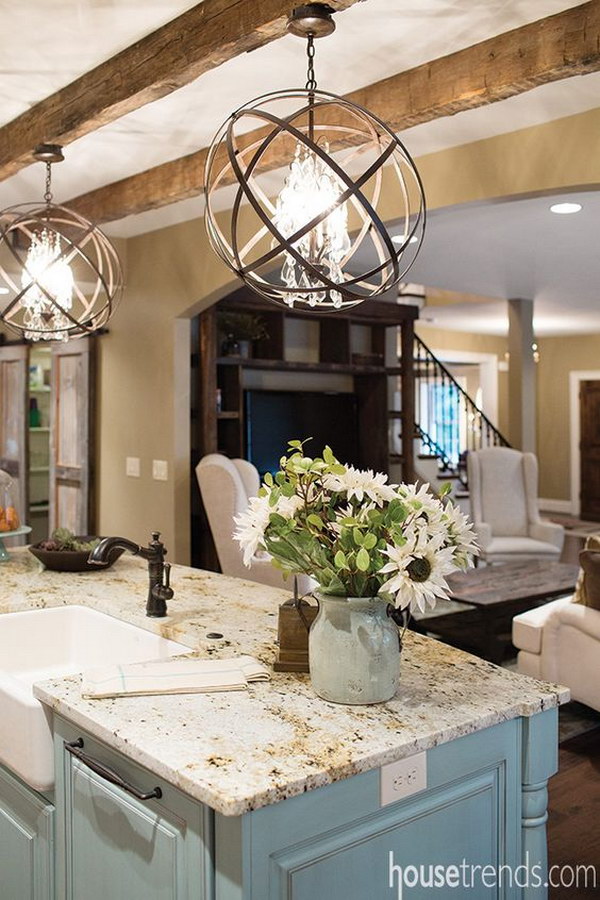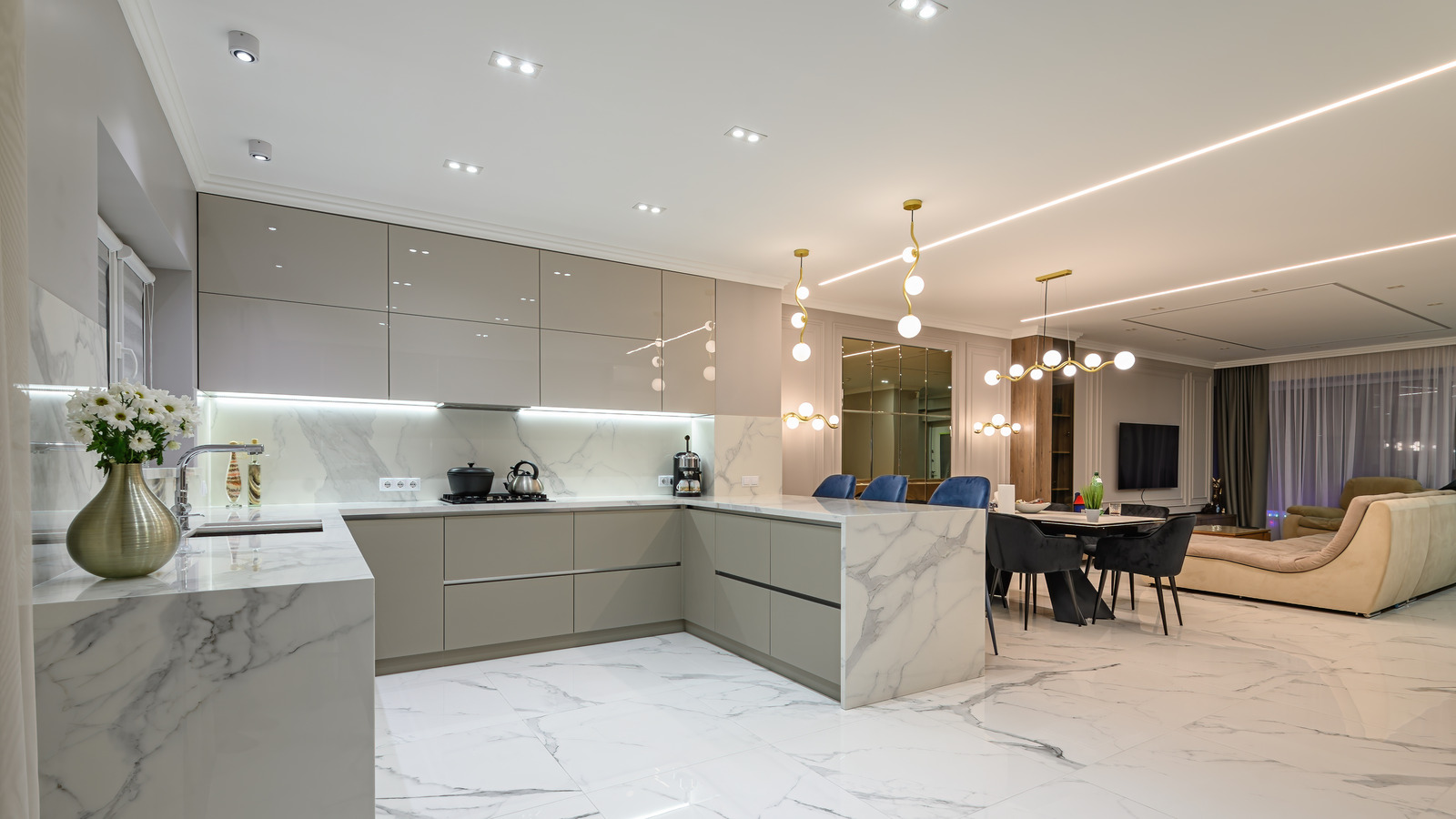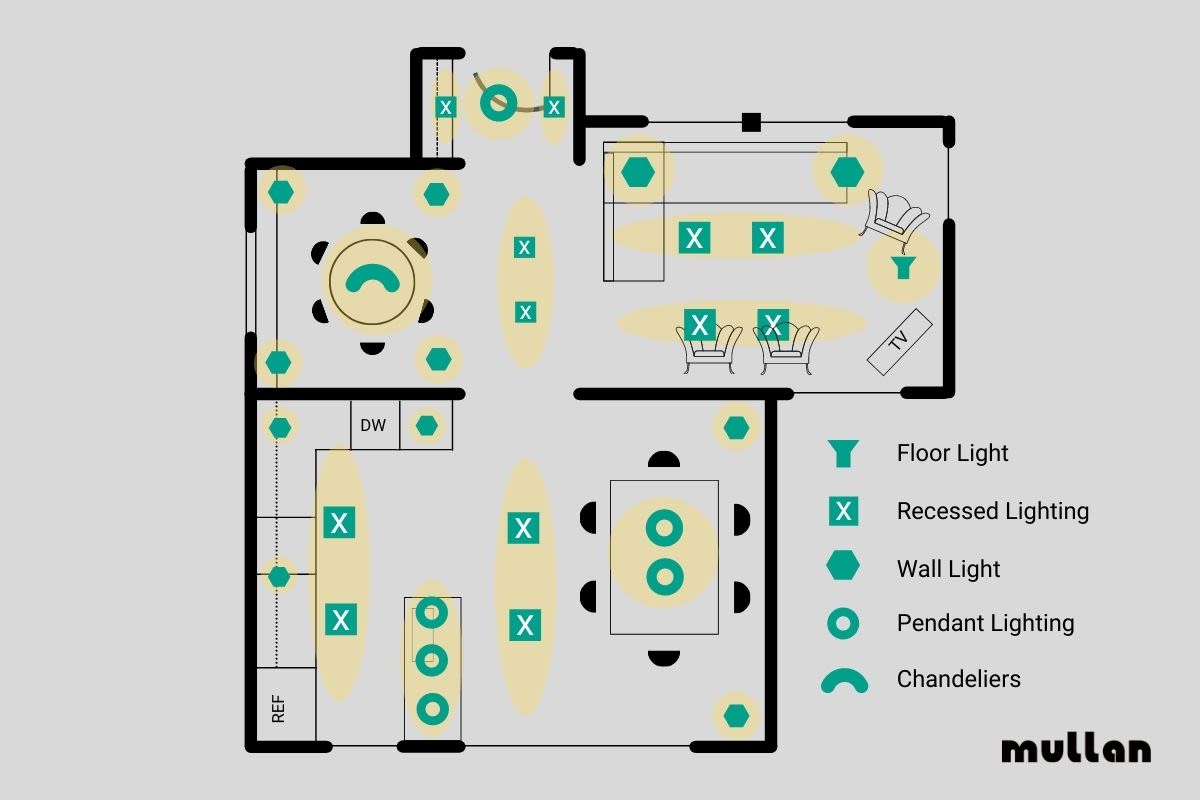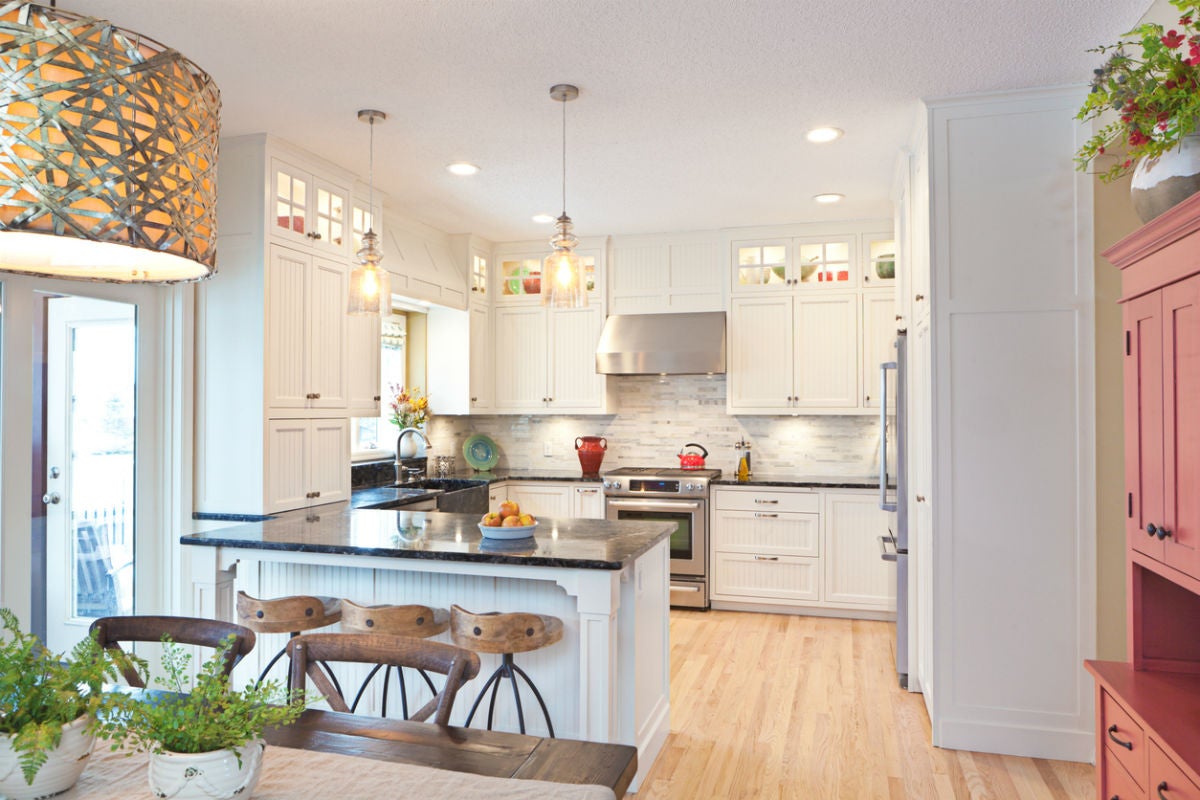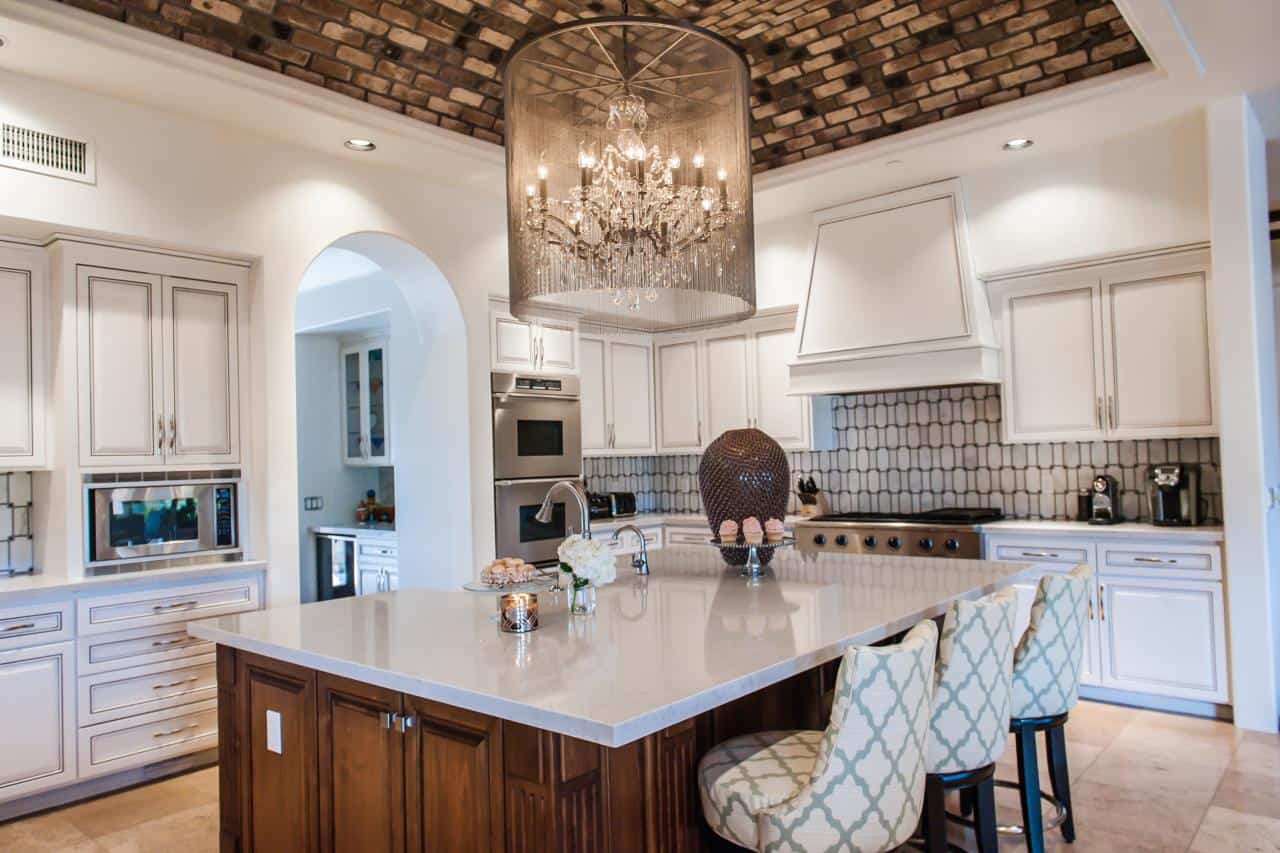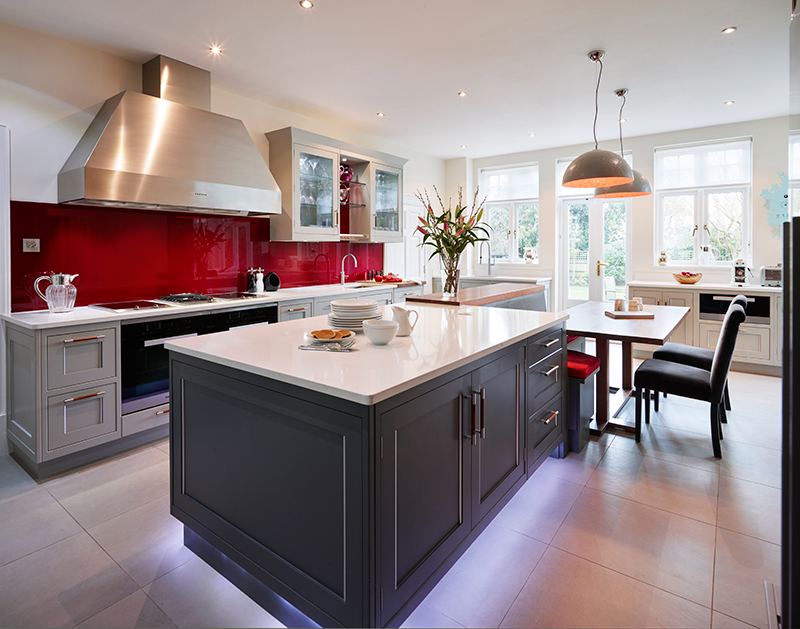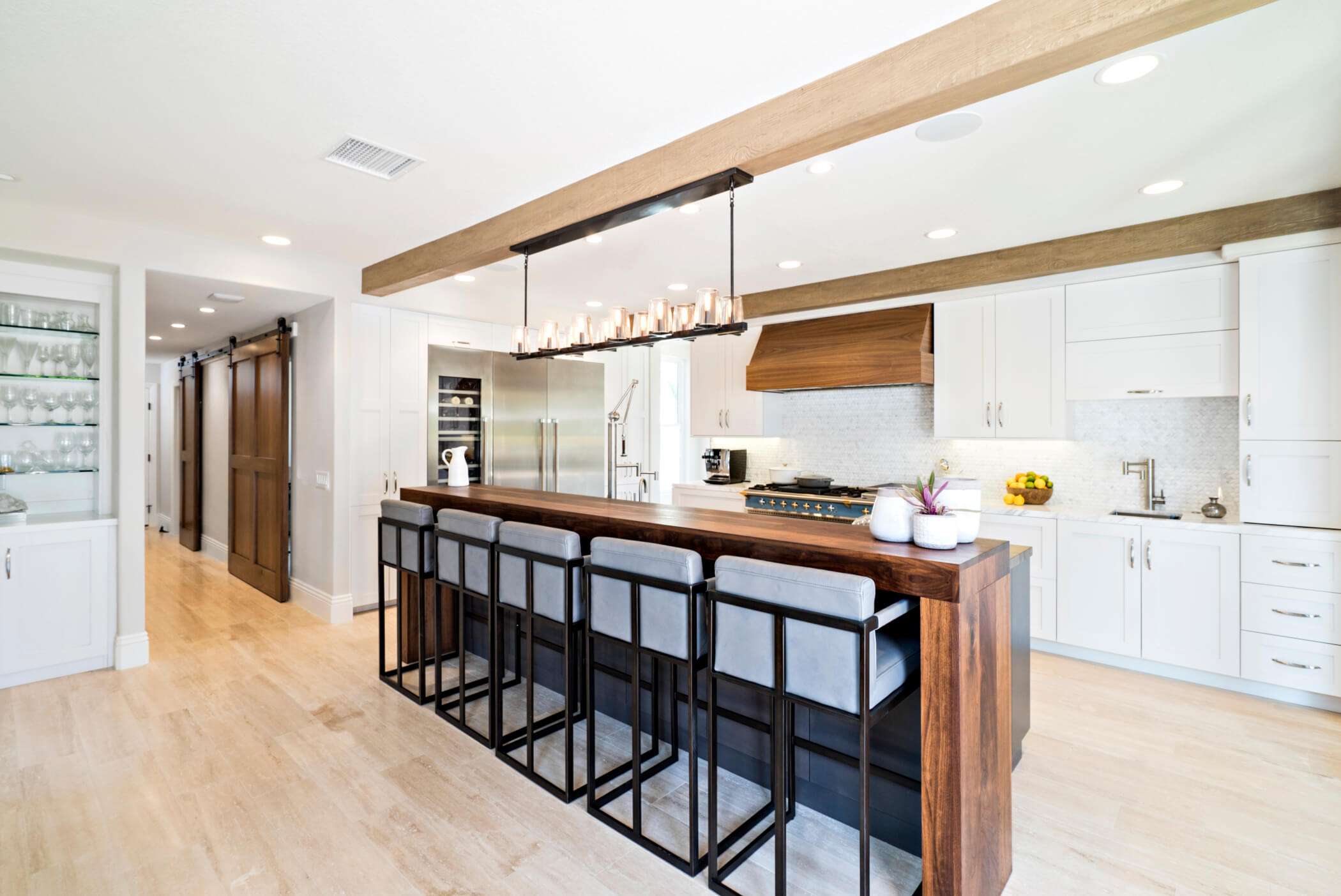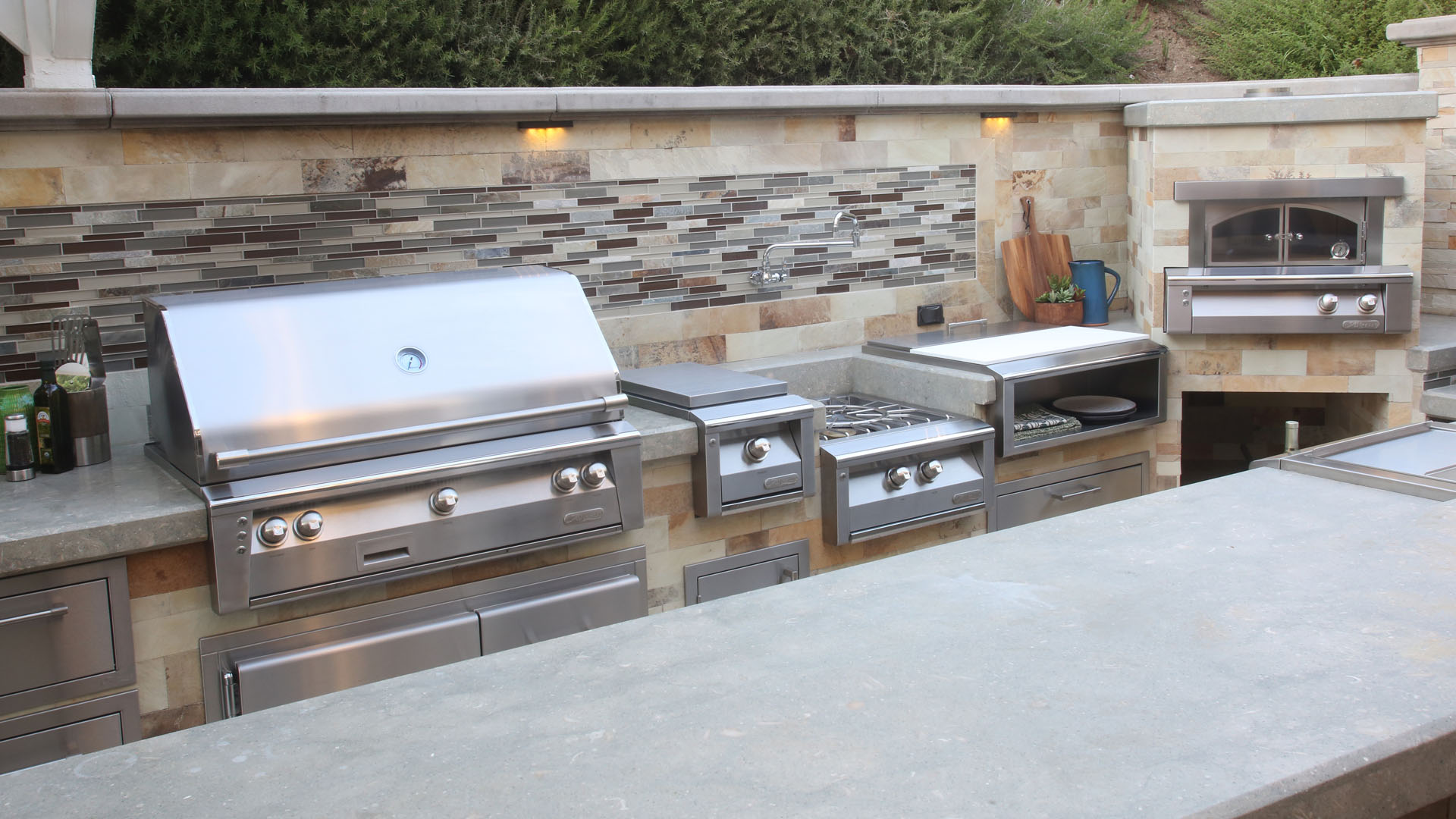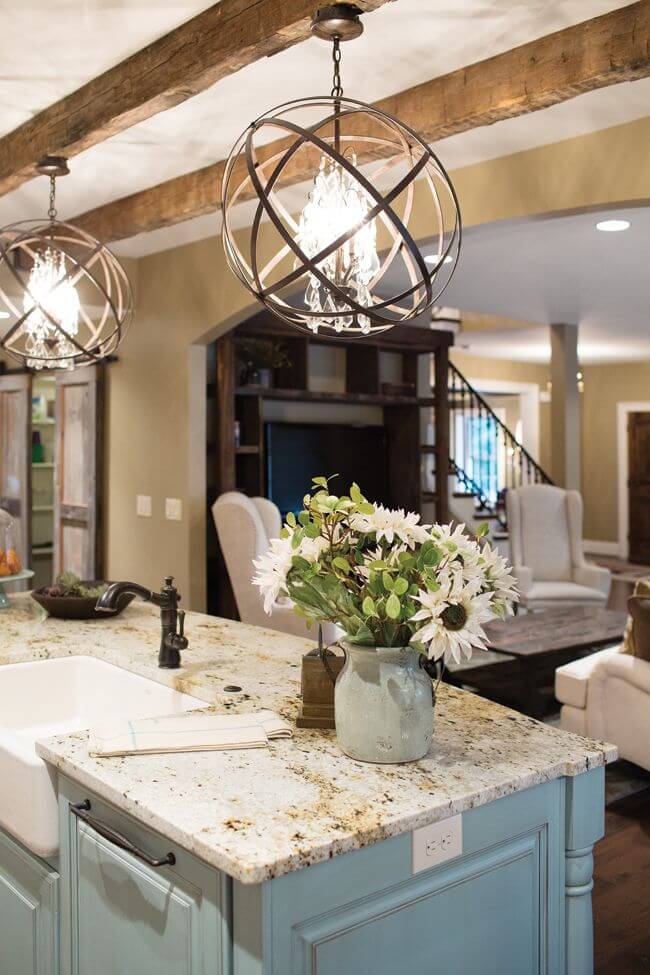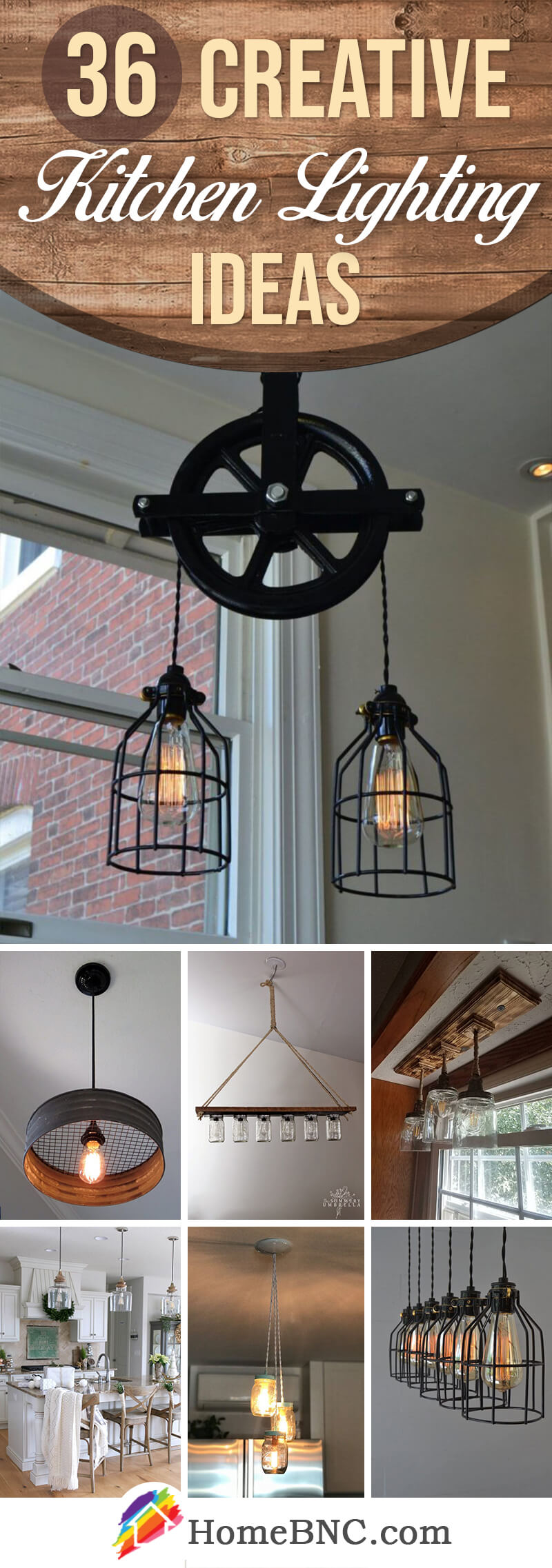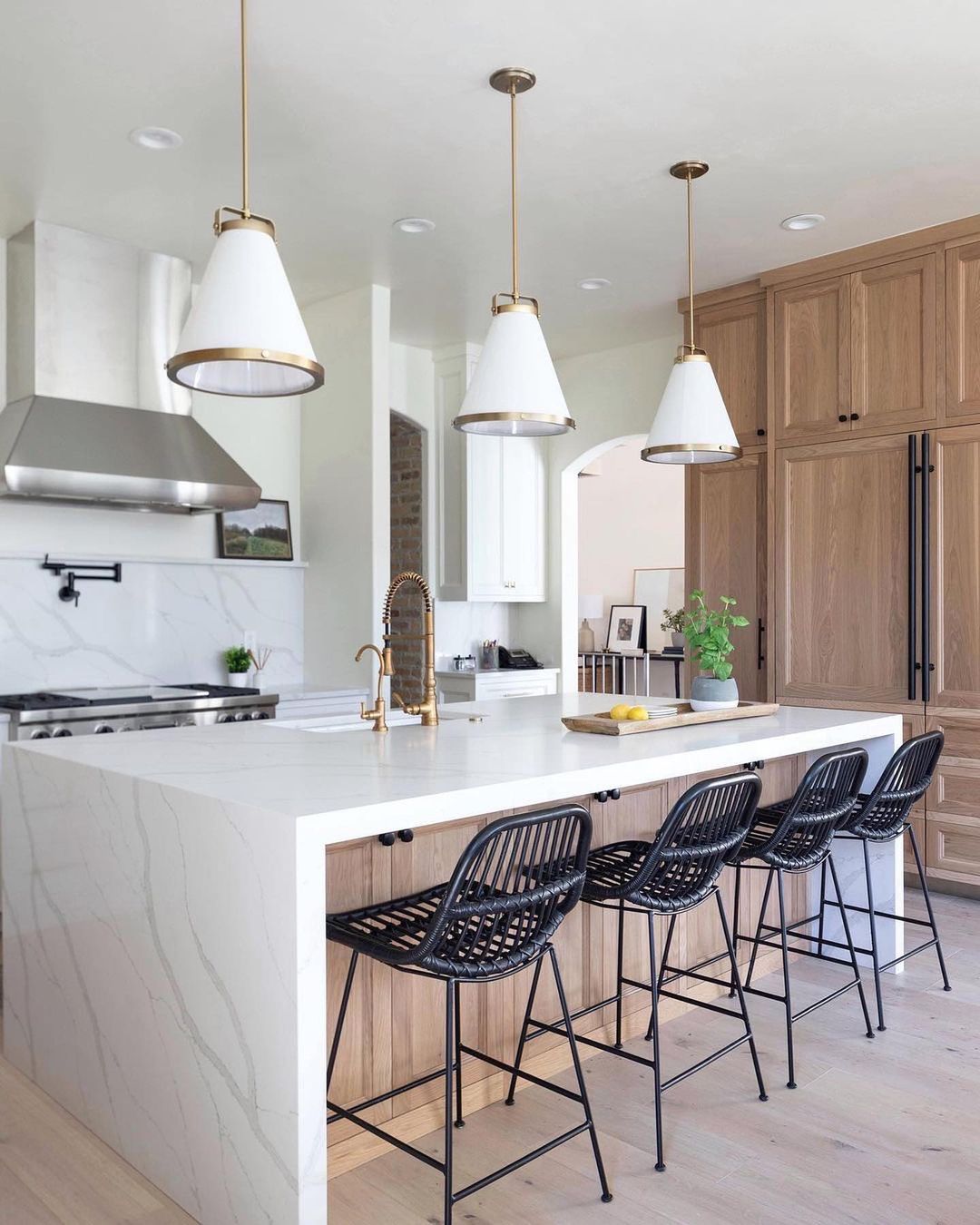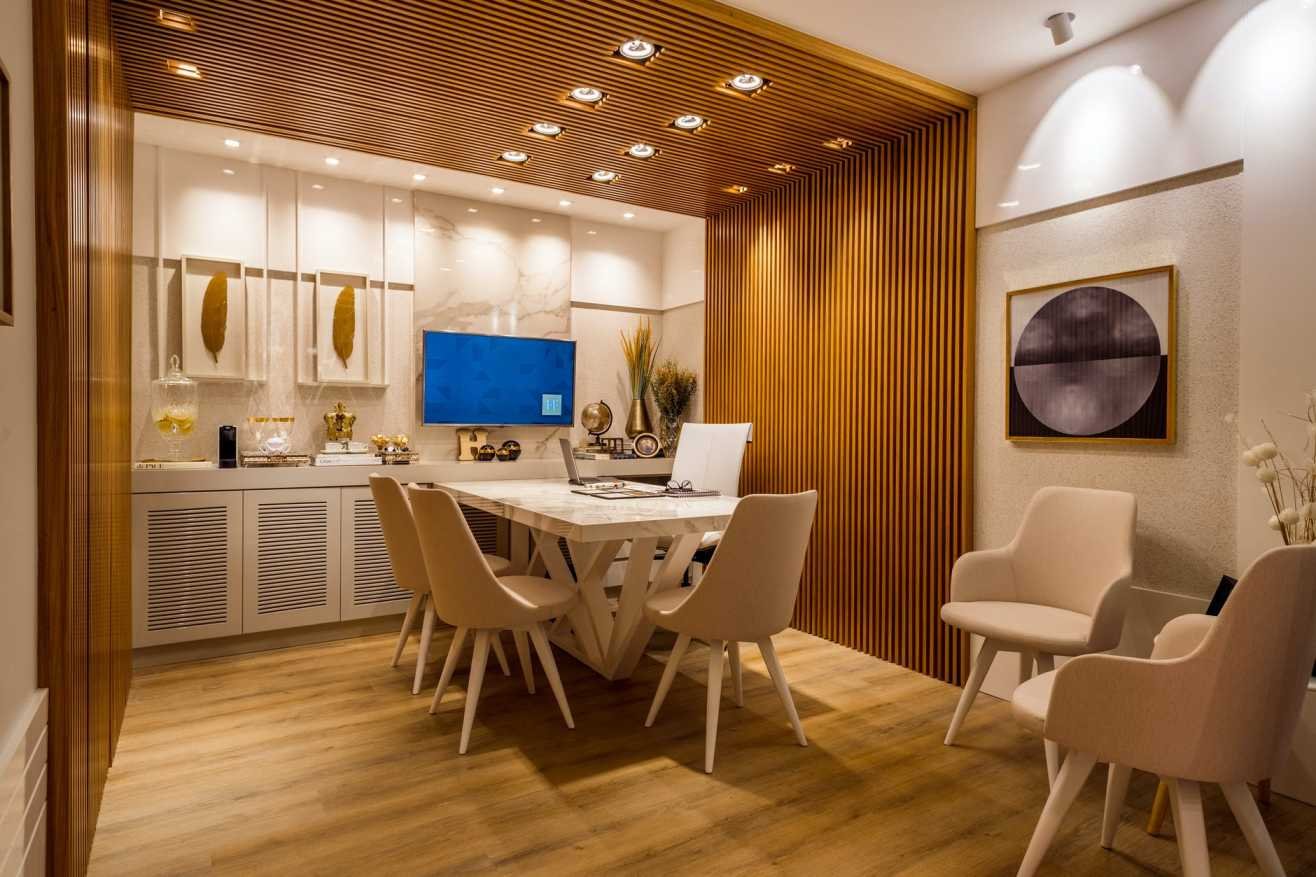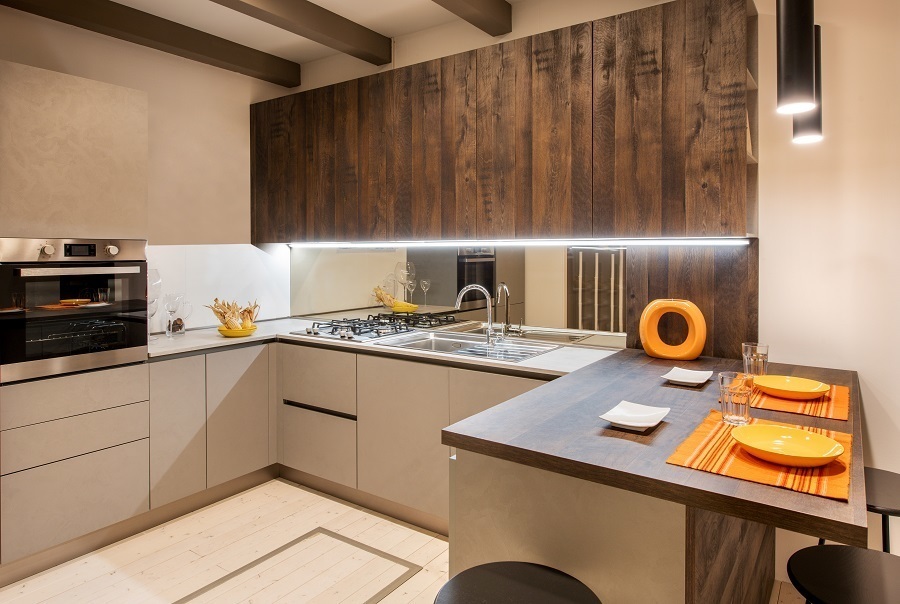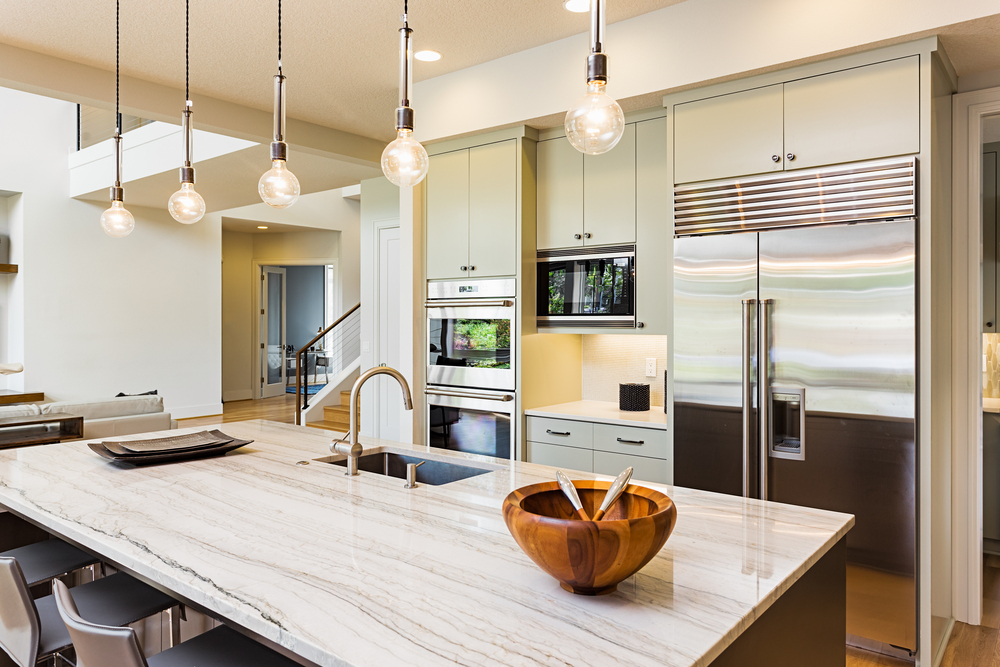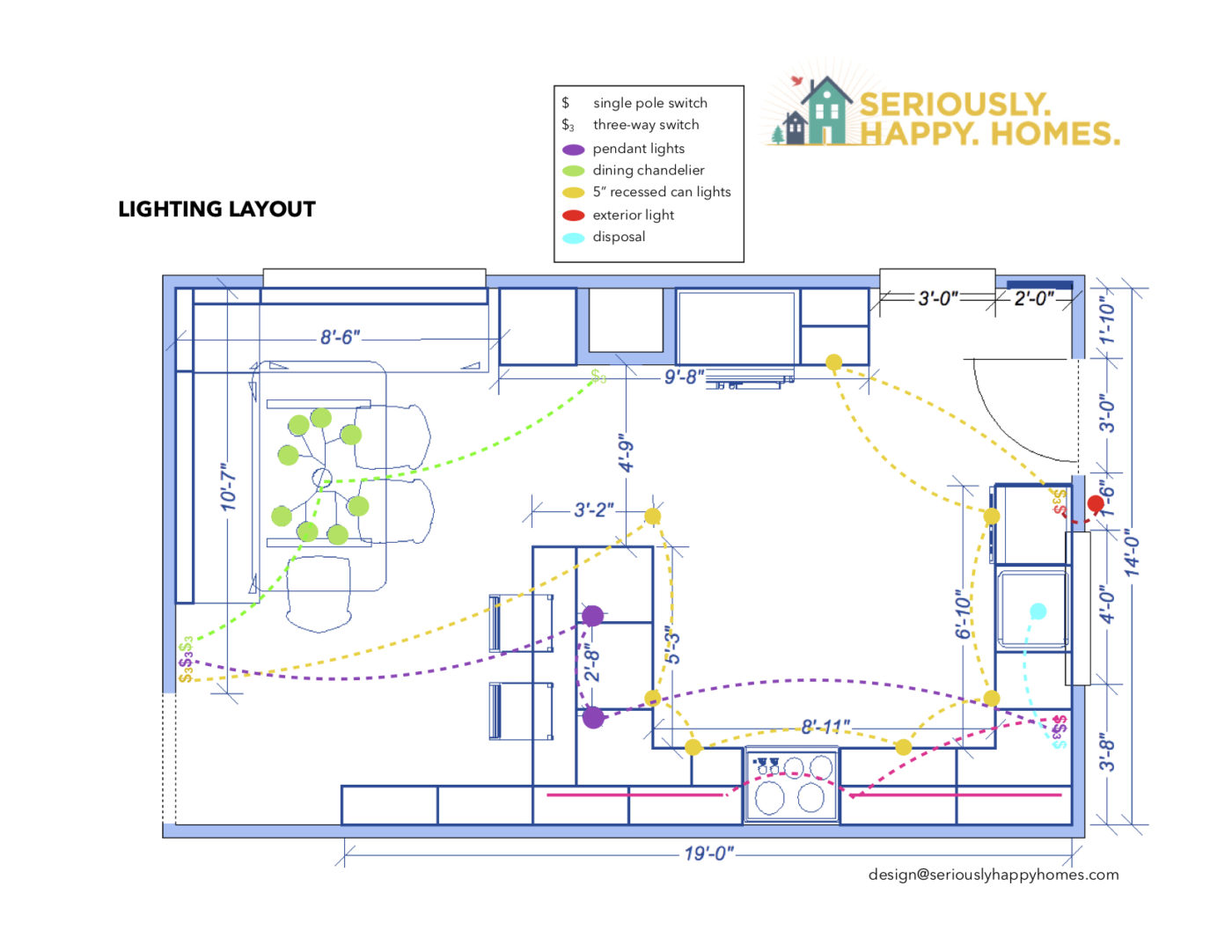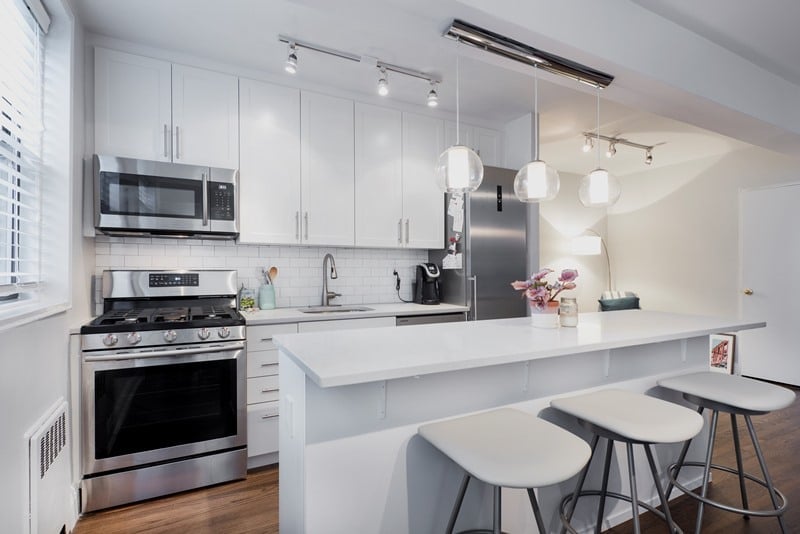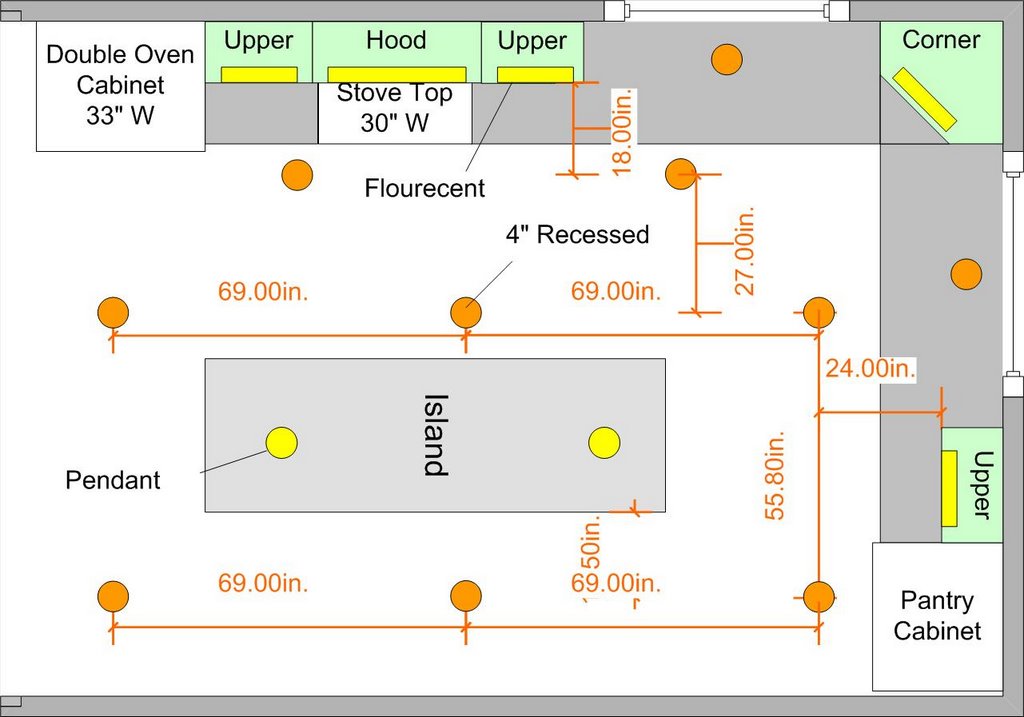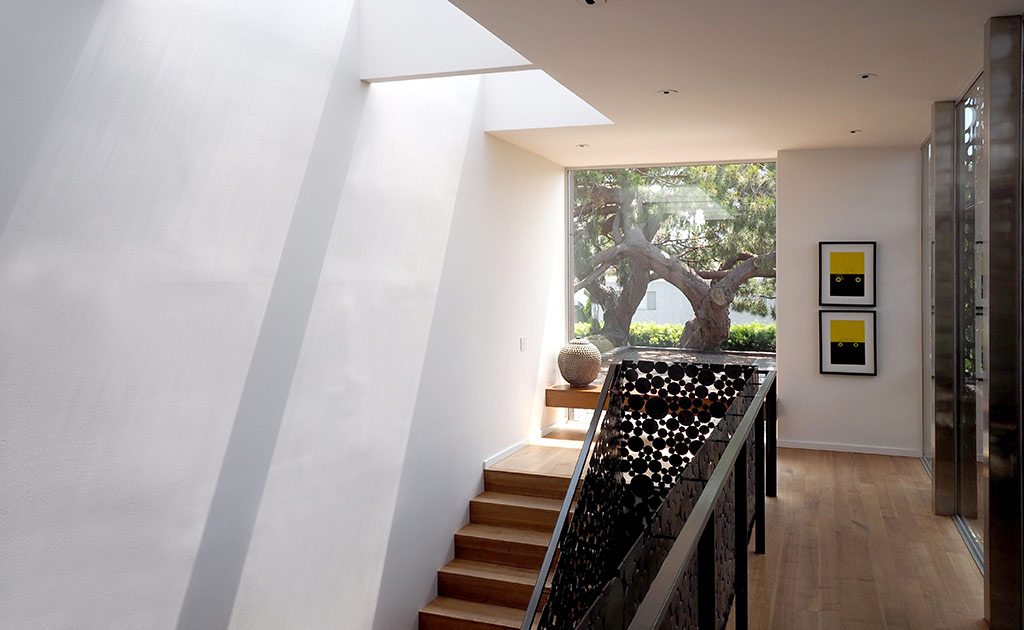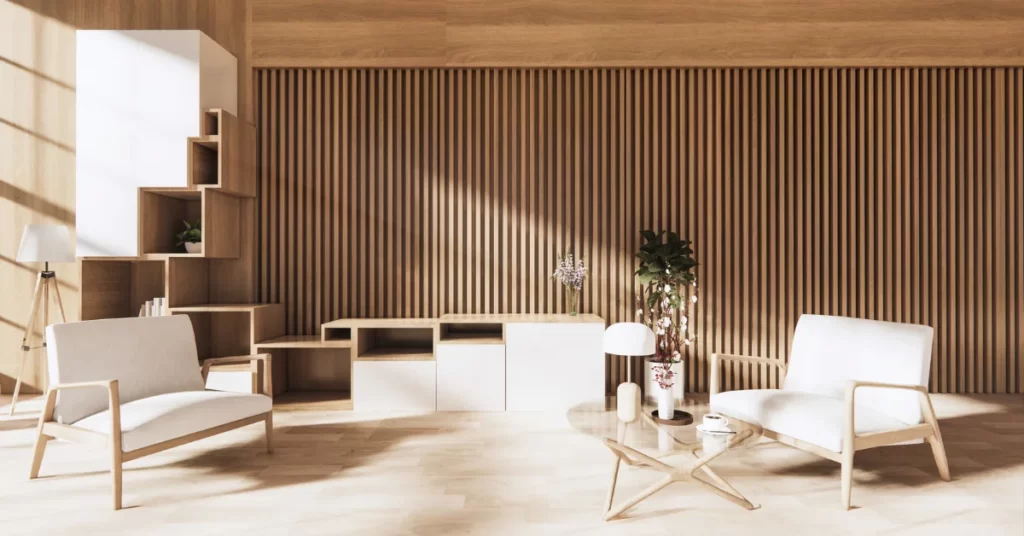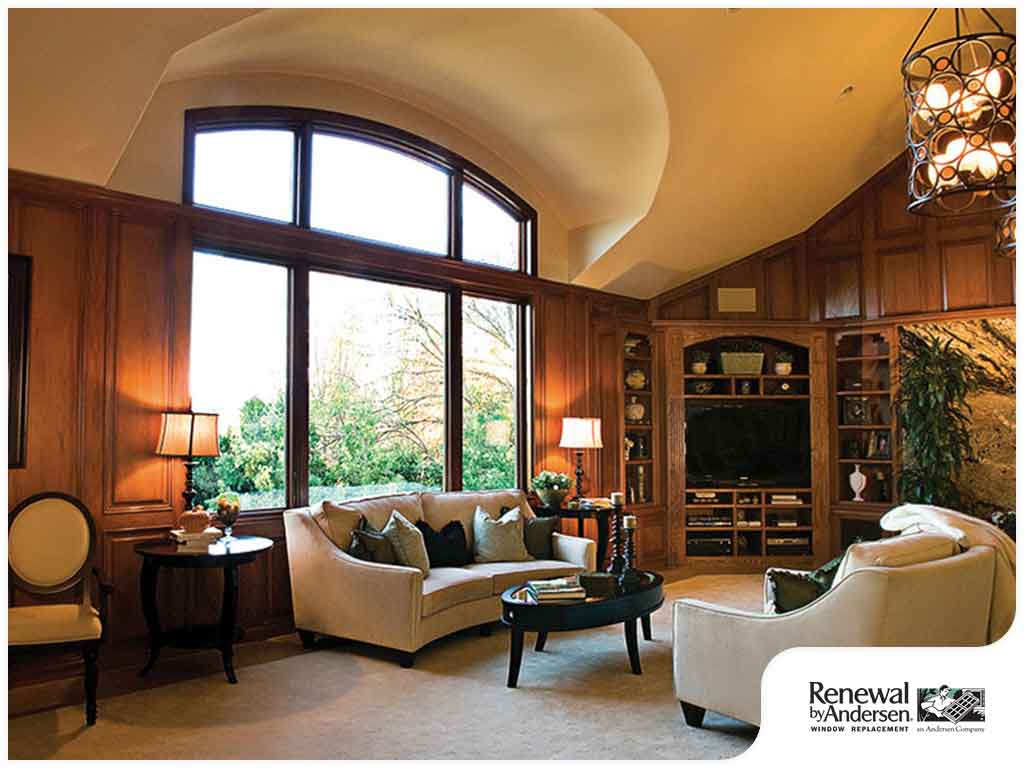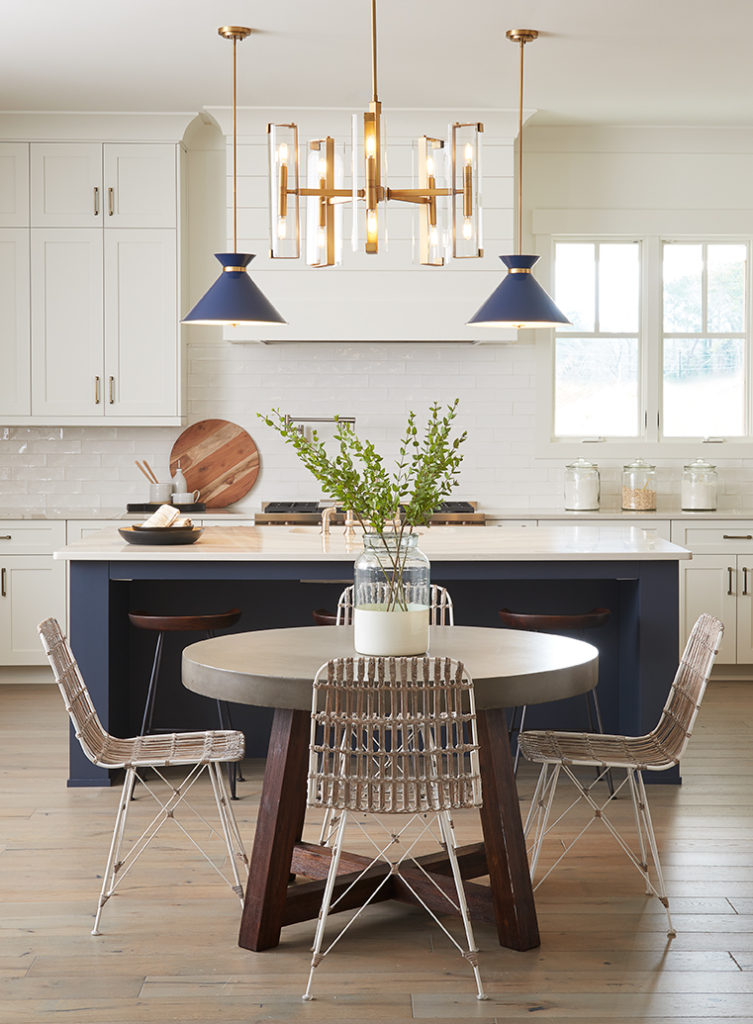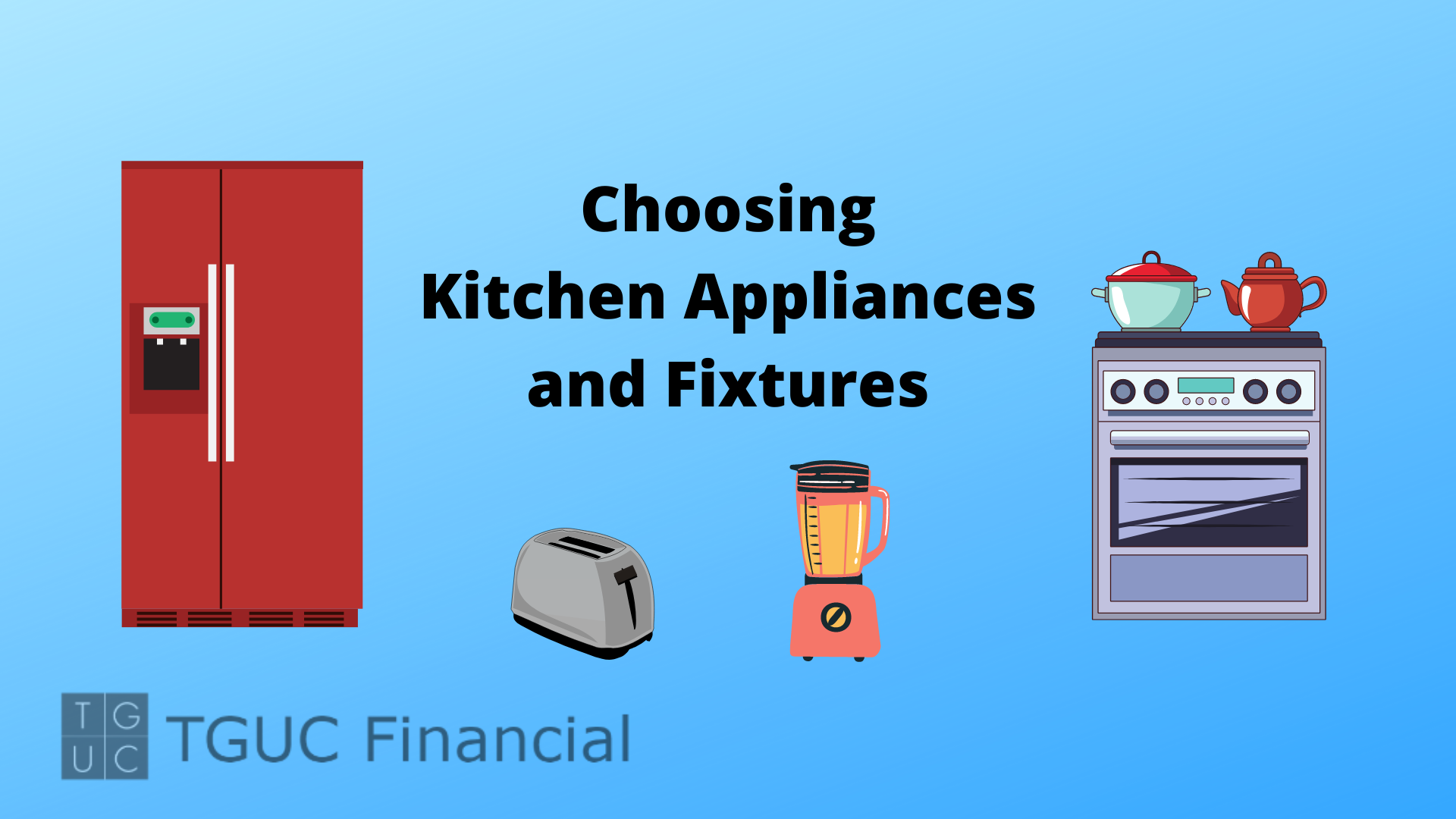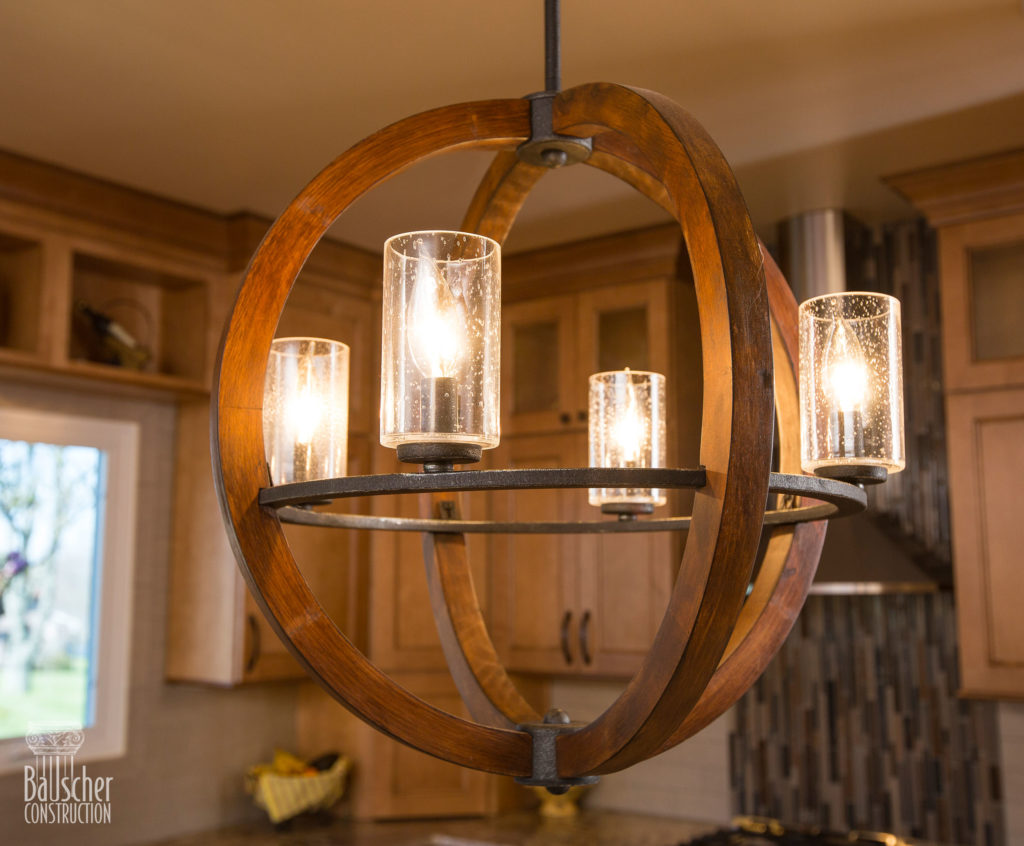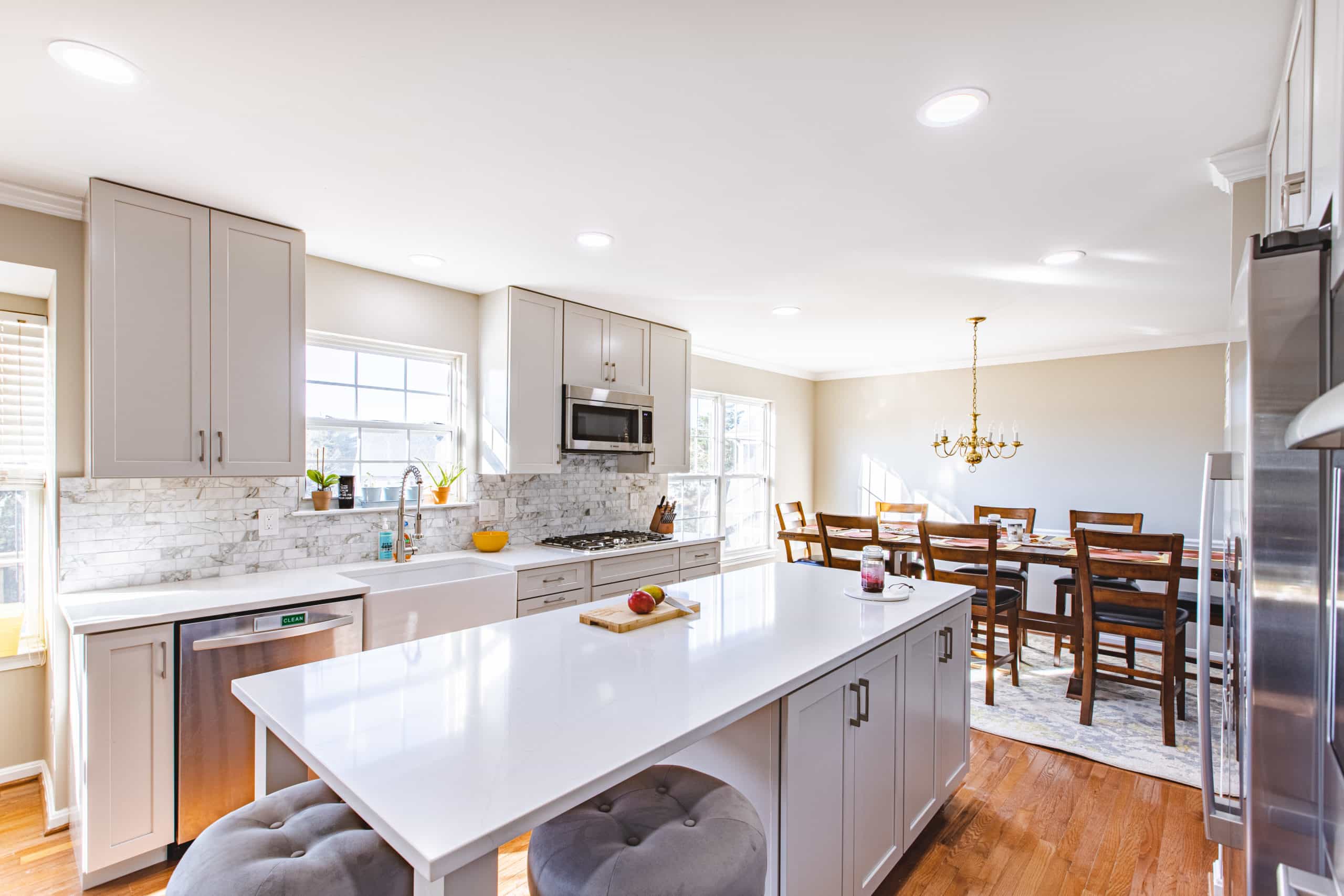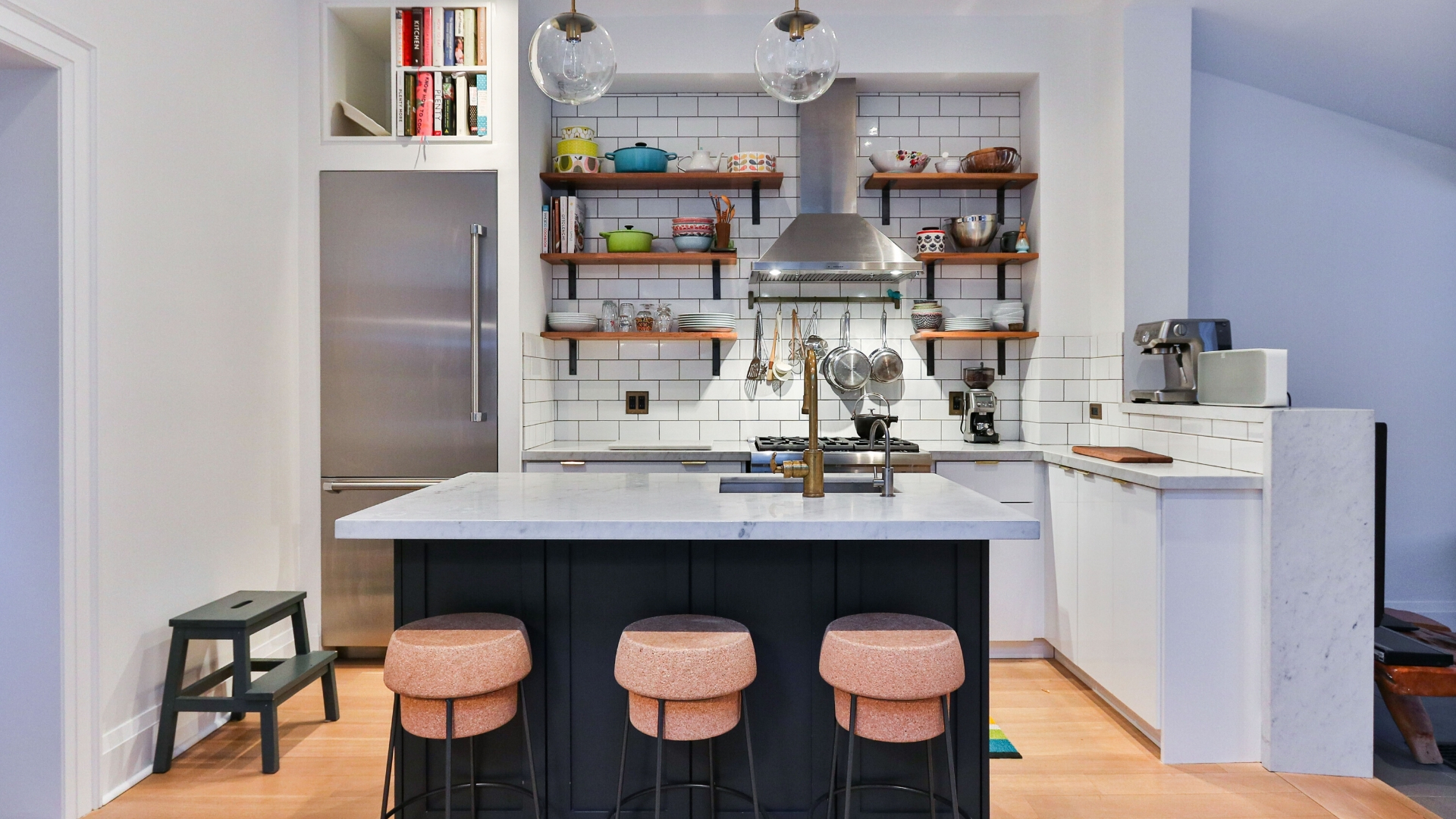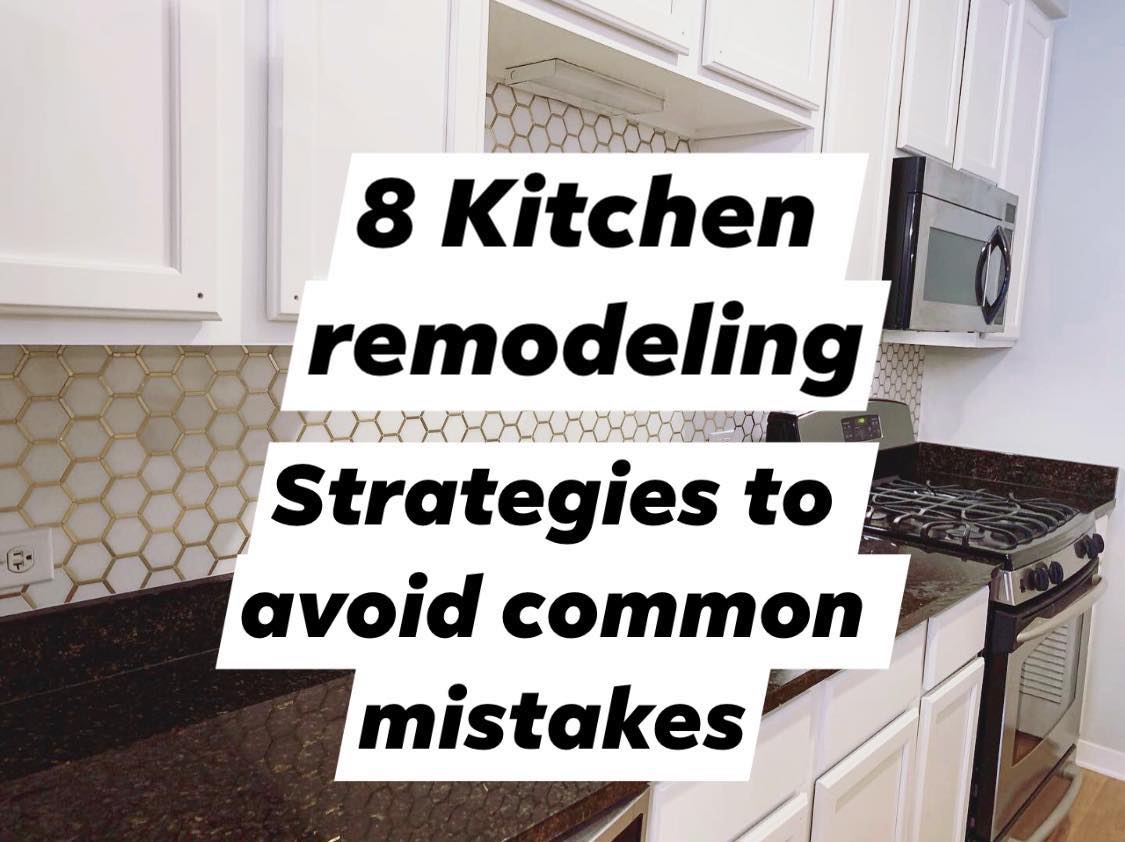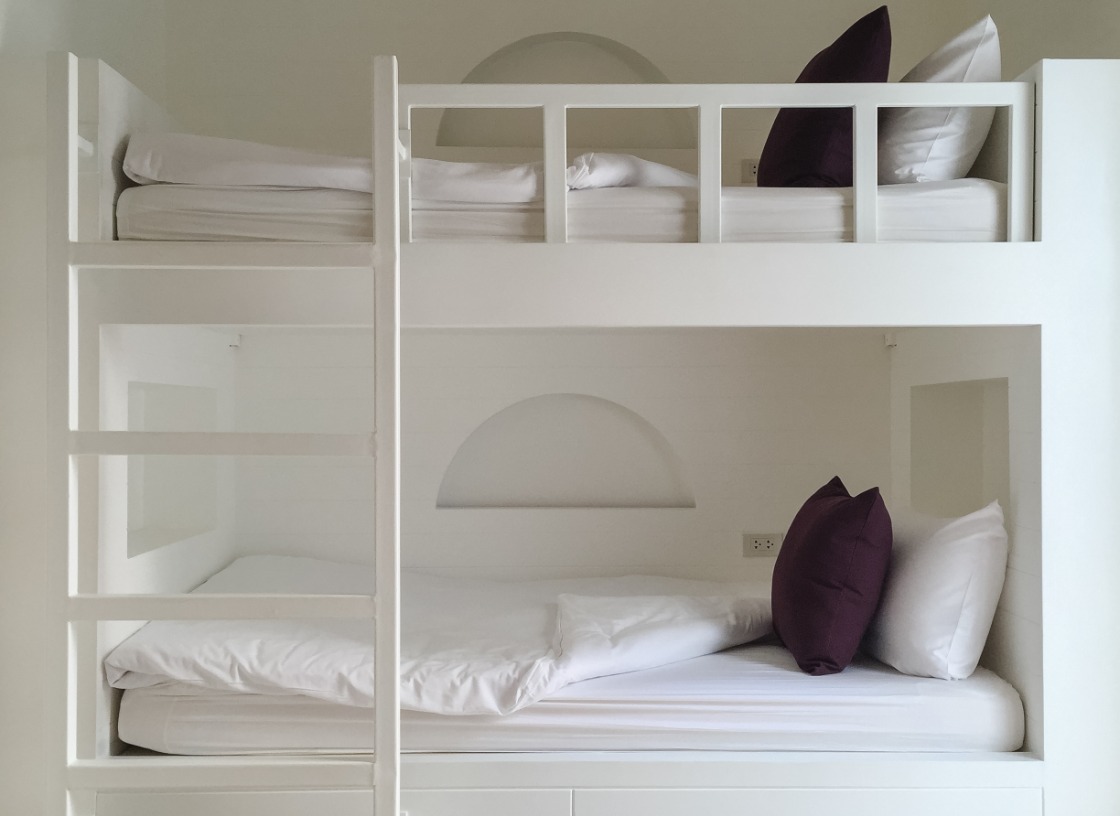The kitchen is often referred to as the heart of the home, and it's no wonder why. It's where we gather to cook, eat, and spend time with loved ones. So, it's important to have proper lighting in this space to not only make it functional but also create a warm and inviting atmosphere. If you're thinking about renovating your kitchen or just want to update your lighting, here are 10 tips for planning your kitchen lighting.How to Plan Your Kitchen Lighting
Planning your kitchen lighting may seem overwhelming at first, but with some careful consideration and expert tips, you can create a well-lit and beautiful space. Lighting not only serves a functional purpose in the kitchen, but it can also enhance the overall design and atmosphere. This ultimate guide will walk you through the various elements of kitchen lighting and how to create the perfect plan for your needs.The Ultimate Guide to Planning Your Kitchen Lighting
Before you dive into planning your kitchen lighting, it's helpful to have an idea of the different lighting design options available. The three main types of lighting to consider are ambient, task, and accent lighting. Ambient lighting provides overall illumination for the space, task lighting is focused on specific work areas, and accent lighting adds visual interest and highlights design elements. A combination of all three will create a well-lit and functional kitchen.Lighting Design Ideas for Your Kitchen
When choosing lighting for your kitchen, there are several types to consider. Pendant lights are a popular choice for over kitchen islands or dining areas, providing both ambient and task lighting. Under-cabinet lighting is perfect for illuminating countertops and workspaces. Recessed lights can provide overall illumination and are great for spaces with low ceilings. And don't forget about natural light - maximizing natural light in your kitchen can make a big impact on the overall look and feel of the space.Types of Lighting to Consider for Your Kitchen
Now that you have an idea of the different types of lighting available, it's time to create a plan for your kitchen. Start by determining your needs and priorities - do you need more task lighting for cooking, or do you want to highlight certain design features with accent lighting? Next, consider the layout and size of your kitchen and where you may need additional lighting. Finally, choose the specific light fixtures that will best suit your needs and complement your design style.Creating a Lighting Plan for Your Kitchen
Natural light is not only beneficial for your health and well-being, but it can also make your kitchen feel brighter and more spacious. If possible, consider adding windows or skylights to bring in more natural light. If your kitchen doesn't have many windows, you can still maximize natural light by keeping them clean and using light-colored curtains or blinds that allow light to pass through.Maximizing Natural Light in Your Kitchen
Light fixtures not only serve a functional purpose, but they can also add style and personality to your kitchen. When choosing fixtures, consider the size and layout of your kitchen, as well as your design style. For a modern and sleek look, consider minimalist fixtures with clean lines. If you have a more traditional or farmhouse-style kitchen, look for fixtures with warm finishes and intricate details. And don't be afraid to mix and match different types of fixtures for a unique and eclectic look.Choosing the Right Light Fixtures for Your Kitchen
To create a well-lit and visually appealing kitchen, it's important to layer your lighting. This means using a combination of ambient, task, and accent lighting to create different levels of illumination. For example, you can use recessed lights for ambient lighting, pendant lights over the island for task lighting, and under-cabinet lights for accent lighting. This will not only make your kitchen more functional but also add depth and dimension to the space.Layering Your Kitchen Lighting for Function and Style
While planning your kitchen lighting, there are some common mistakes to watch out for. One is not having enough lighting in the space - make sure to have multiple sources of light to ensure the entire kitchen is well-lit. Another mistake is not considering the color temperature of your lights - cool-toned lights can make the space feel harsh and sterile, while warm-toned lights can create a cozy and inviting atmosphere. Lastly, don't forget about energy efficiency - look for LED or energy-efficient bulbs to save on your electricity bill.Common Mistakes to Avoid When Planning Your Kitchen Lighting
Proper lighting is essential for any kitchen, and with these tips, you can create a well-lit and inviting space that meets your functional and design needs. Remember to plan carefully, layer your lighting, and choose fixtures that complement your design style. With the right lighting, your kitchen will become the heart of your home, where you can cook, eat, and make memories with your loved ones.In Conclusion
Choosing the Right Fixtures for Your Kitchen Lighting
 Now that you have a better understanding of the different types of lighting and how to layer them in your kitchen, it's time to choose the right fixtures. The key is to find a balance between functionality and style.
Ambient lighting
can be achieved through ceiling-mounted fixtures such as recessed lights, flush mounts, or track lighting. These types of fixtures provide overall illumination and can be adjusted to highlight specific areas in your kitchen.
For
task lighting
, consider installing under cabinet lighting or pendant lights above your kitchen island or sink. These fixtures will provide focused lighting for tasks such as meal preparation and dishwashing. For a more modern look, consider using LED strip lights under your cabinets for a sleek and energy-efficient option.
For
accent lighting
, look for fixtures that can be used to highlight specific features in your kitchen, such as artwork or architectural details. This can be achieved through the use of wall sconces, recessed lights, or even decorative chandeliers.
Dimmer switches
are also a great addition to any accent lighting, as they allow you to adjust the brightness and create a desired ambiance in your kitchen.
When choosing fixtures, keep in mind the overall style and design of your kitchen.
Contemporary kitchens
may benefit from sleek and minimalist fixtures, while
traditional kitchens
may look better with more ornate and decorative options. Don't be afraid to mix and match different styles to create a unique and personalized look.
In addition to style, it's important to consider the
color temperature
of your lighting.
Warm white
lights have a yellowish hue and can create a cozy and inviting atmosphere, while
cool white
lights have a bluish tint and can make your kitchen appear bright and clean. Consider using a combination of both for a balanced and versatile lighting scheme.
Ultimately, the key to
planning your kitchen lighting
is to carefully consider your needs and the overall design of your space. By layering different types of lighting and choosing the right fixtures, you can create a functional and visually appealing kitchen that suits your personal style. With the right lighting, your kitchen will not only look great, but it will also be a more enjoyable space to cook and entertain in.
Now that you have a better understanding of the different types of lighting and how to layer them in your kitchen, it's time to choose the right fixtures. The key is to find a balance between functionality and style.
Ambient lighting
can be achieved through ceiling-mounted fixtures such as recessed lights, flush mounts, or track lighting. These types of fixtures provide overall illumination and can be adjusted to highlight specific areas in your kitchen.
For
task lighting
, consider installing under cabinet lighting or pendant lights above your kitchen island or sink. These fixtures will provide focused lighting for tasks such as meal preparation and dishwashing. For a more modern look, consider using LED strip lights under your cabinets for a sleek and energy-efficient option.
For
accent lighting
, look for fixtures that can be used to highlight specific features in your kitchen, such as artwork or architectural details. This can be achieved through the use of wall sconces, recessed lights, or even decorative chandeliers.
Dimmer switches
are also a great addition to any accent lighting, as they allow you to adjust the brightness and create a desired ambiance in your kitchen.
When choosing fixtures, keep in mind the overall style and design of your kitchen.
Contemporary kitchens
may benefit from sleek and minimalist fixtures, while
traditional kitchens
may look better with more ornate and decorative options. Don't be afraid to mix and match different styles to create a unique and personalized look.
In addition to style, it's important to consider the
color temperature
of your lighting.
Warm white
lights have a yellowish hue and can create a cozy and inviting atmosphere, while
cool white
lights have a bluish tint and can make your kitchen appear bright and clean. Consider using a combination of both for a balanced and versatile lighting scheme.
Ultimately, the key to
planning your kitchen lighting
is to carefully consider your needs and the overall design of your space. By layering different types of lighting and choosing the right fixtures, you can create a functional and visually appealing kitchen that suits your personal style. With the right lighting, your kitchen will not only look great, but it will also be a more enjoyable space to cook and entertain in.


